Holidays end, but the financial impacts of overindulgence last forever. If you apply more self-control on the road, post-camping life becomes a whole lot easier, as does camping itself — suddenly there’s no guilt and no premonitions of the sacrifices you’ll have to make to scrape through afterwards. Not only that but the less money spent each day, the longer the trip can last before your budget is up.
We’ve been travelling around the country since July, setting out with the aim of limiting our expenses to extend our holiday and safeguard our financial future. We’ve managed to limit our regular spending to less than $800 a week, without compromising our experience on the road — here’s how.







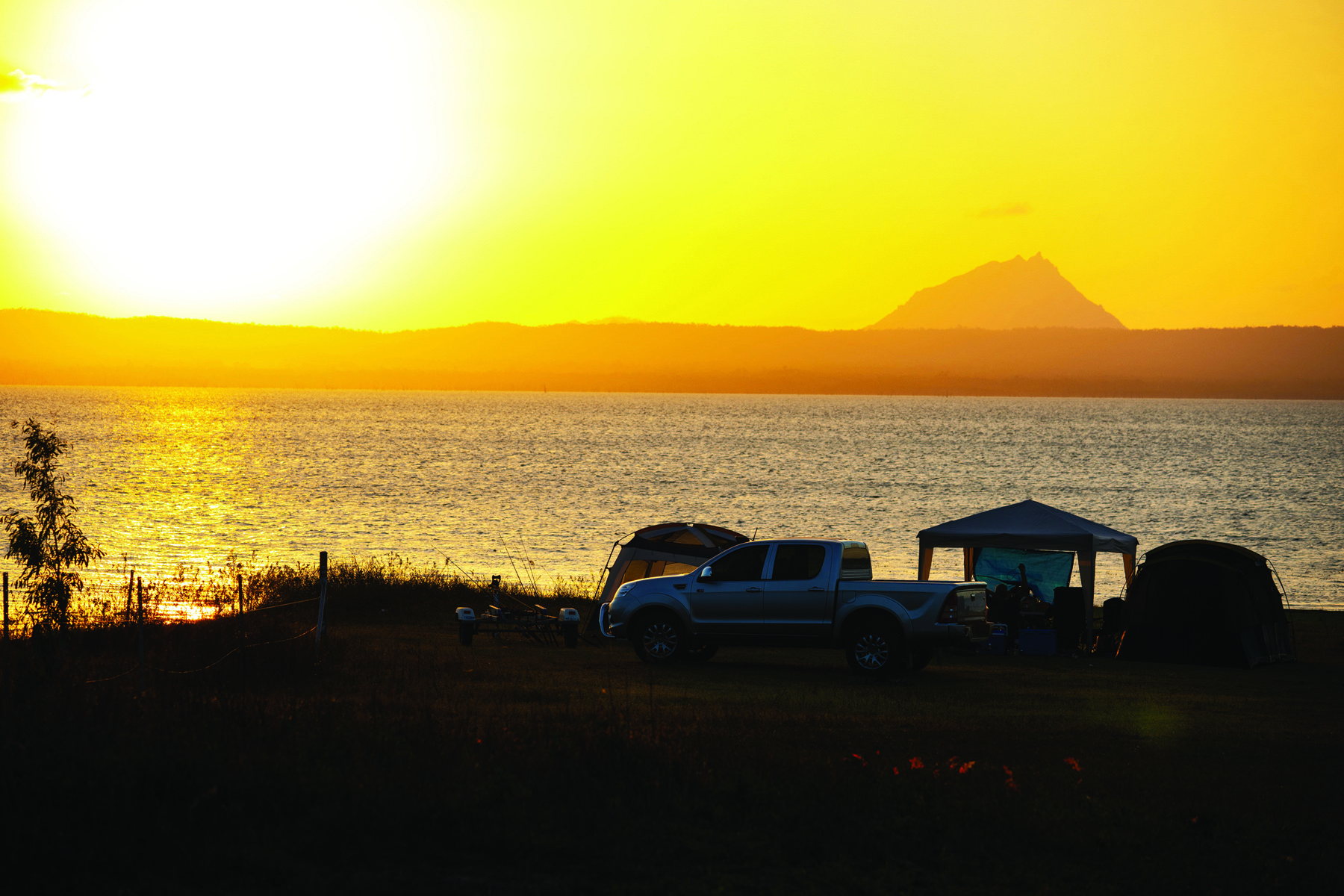
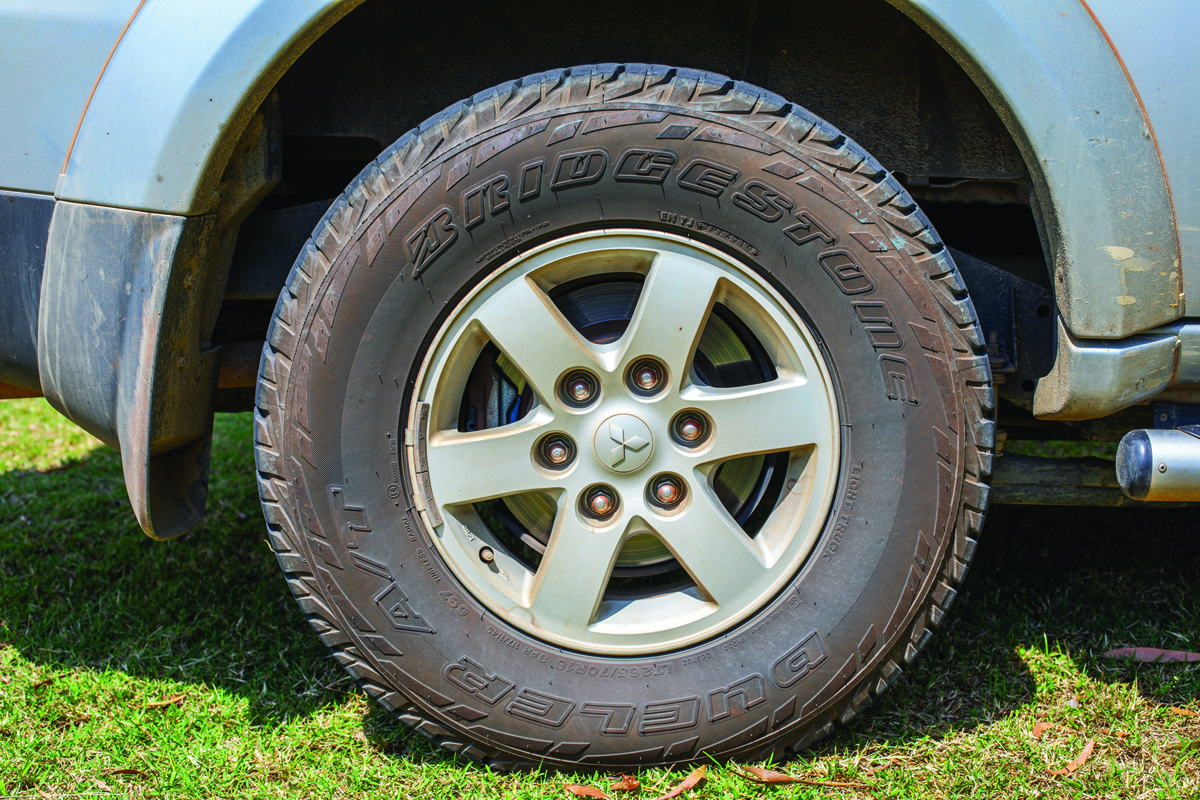
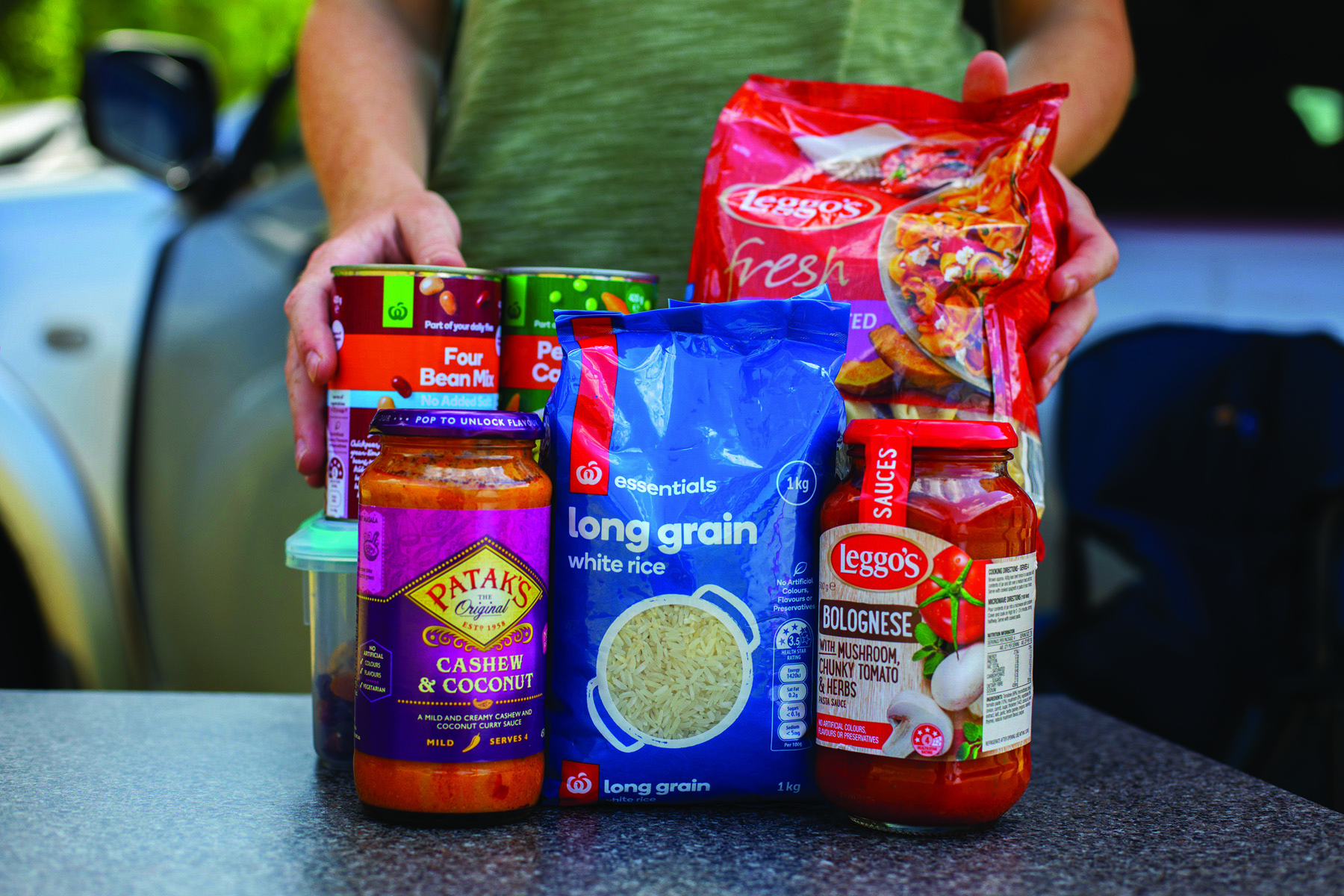
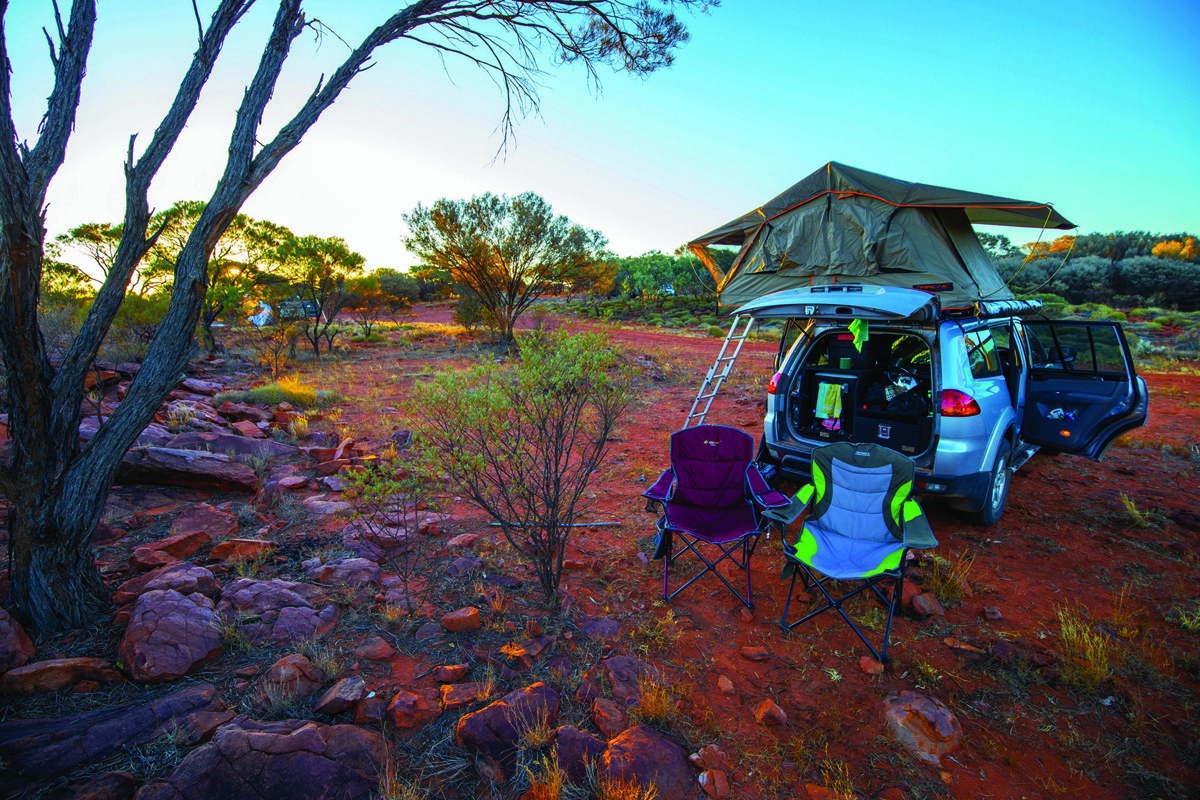
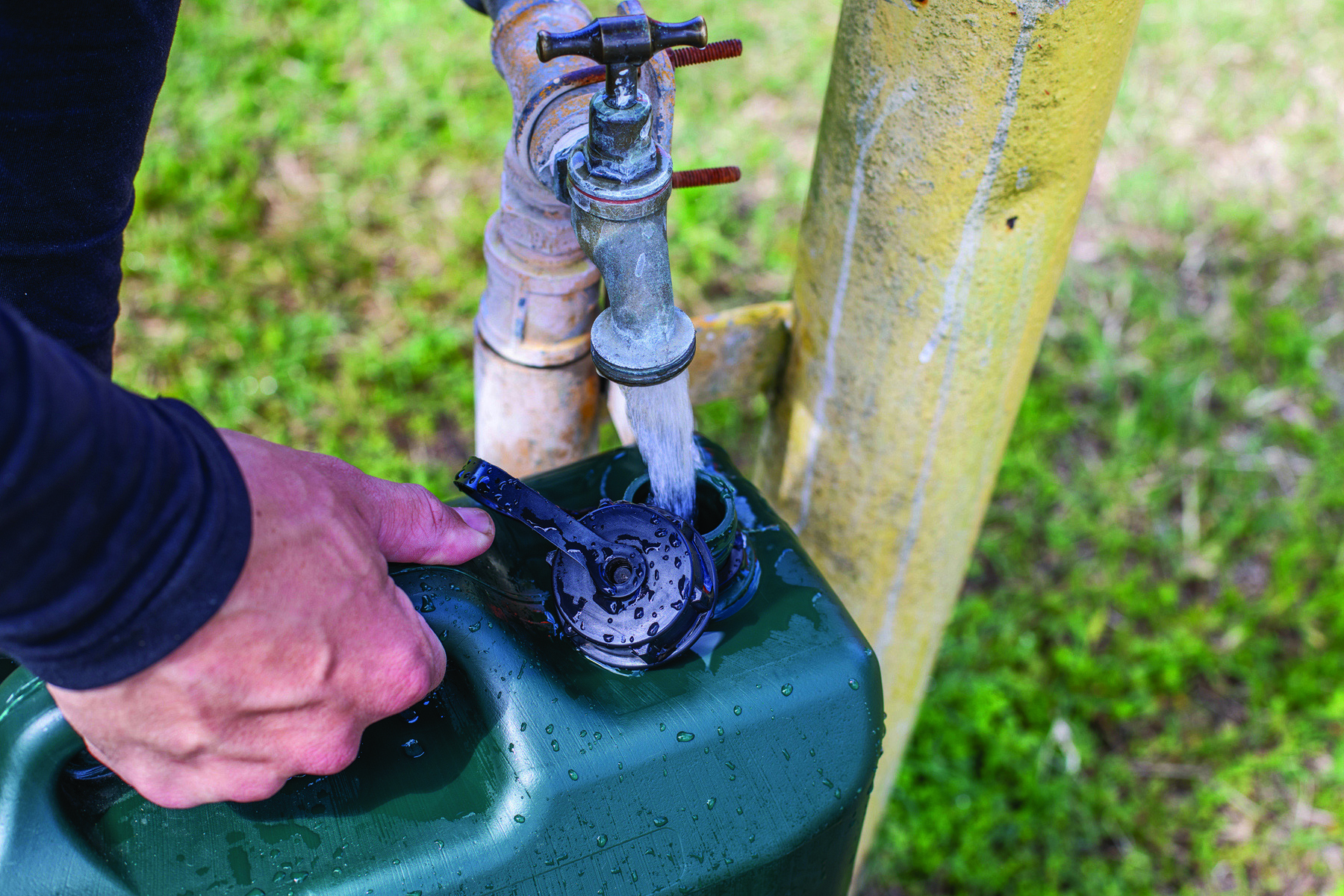
LIMITING FUEL COSTS
For many active travellers, the largest expense is fuel. Towing or loading up a car inevitably increases fuel economy into the range of 12–18 litres per 100km, and this pairs with the increased cost of remote area fuel (sometimes more than $2 per litre) to eat away at your account. At those prices, driving 100km may cost you more than $25 — and it also brings you that much closer to your next car service.
When deciding on places to travel, research how attraction-packed they are. Areas like the Cassowary Coast or the Flinders Ranges are dense, whereas places such as Boodjamulla and Uluru are ‘isolated’ — the activities there are great, but there’s only a few of them, and nothing for hundreds of kilometres all around. Including such isolated places in an itinerary inevitably blows mileage out of proportion.
Research the lesser-known attractions within a region and include these in your itinerary to limit kilometres per day. When travelling slowly like this, you can often stay at the same campsite multiple nights in a row, allowing you to leave your camper behind and improve fuel economy on day drives. Travel to your listed destinations taking the shortest route possible — figure it out in advance with a navigation technology which allows plotting of multi-destination journeys.
Sometimes travelling slowly to reduce expenses can feel like bumming around, or postponing expenses until later. You can instead take aim at improving fuel economy rather than limiting distance. Opt for a highway terrain or all-terrain (not mud-terrain) tyre tread pattern, always travel with normal (not deflated) tyre pressures on highways and remove unnecessary or unused items and accessories from your car. What you do and don’t need can be hard to gauge in advance. We figured we’d use our 4x4’s awning and our solar blanket often, but in our first 75 days, we’d only used each three times (and could’ve gotten away without them).
Fill up with fuel in urban areas, and if the opportunity presents itself to top up at a good price, even if you’ll make it to a more distant service station, jump at it. The price may be much worse down the road, particularly if you’re headed bush. Use jerry cans to load up on extra fuel when you see it at a good price, and even consider the long-term savings to be had by investing in an auxiliary or increased capacity fuel tank.
FREE CAMPING
You can save $280 a week by choosing free camps in favour of caravan parks that cost $40 a night. That’s just a ballpark figure; some parks cost in the low $20s, such as in Normanton, QLD, whereas others ask for $50 or $60, like in Kings Canyon, NT. Yet many setups these days have everything caravan parks provide — 240V power, toilets, showers, cooktops, even washing machines. Sometimes all you’re paying for is a place to camp legally.
The free camping lifestyle is only feasible if you have a self-sufficient setup. Acquiring self-sufficiency is a considerable investment, but in time it pays for itself through savings on campsites.
We don’t want to send you down the garden path by implying all free camps are paradise. Most have no designated sites (first in, best dressed), no staff/caretakers and ill-maintained or non-existent toilets. They’re occasionally strewn with litter and waste, or infested with ants or spiders, and they may feel unsafe or be populated with annoying or untrustworthy types. Some are tiny, fitting only three or four campers, whereas others are huge, allowing dozens (eg. Peter Faust Dam near Proserpine). Some are scenically located (e.g. Archer Point Conservation Park near Cooktown), while others are mundane or near a busy highway. They are sometimes supplied by the area’s council or else have clear signage that camping is permitted, whereas at others, it’s not even clear if camping is legal or whether you’ll get a knock on the window at 5am. Most stipulate a maximum stay, between 20 and 72 hours, and as a rule you can’t book them in advance.
We’ve been surprised by how widespread free camps are in Australia, particularly once you travel beyond highly populated regions. While less common near cities, they regularly appear in smaller regional towns, or on open stretches of road without other places for tired travellers to pull up. Expect to find more on the outskirts of popular tourist destinations (eg. at Gordonvale, near Cairns), or in remote regions needing a tourism boost.
There’s a number of helpful apps out there — such as WikiCamps and CamperX — which show the location of free camps on the map. Without these, you’d probably never find a fifth of them, as they’re not well advertised. You can also pick up a guidebook, like Hema's Where to Camp, or head to visitor information centres or council websites for your info.
It’s not always worth detouring to a free camp. Sometimes you spend more in fuel getting to it than you would by staying in a caravan park. To see if it’s worth it, first determine your fuel economy per kilometre: reset the odometer after filling up, observe how many litres it takes to fill the tank next time, then divide litres put in by kilometres driven. Once you’ve established your economy per kilometre, multiply the figure by the fuel cost per litre for the area. For example, if you’re in an area where fuel usually costs $1.50, times your fuel economy (for example .12L per 1km) by $1.50 to figure out the cost of travel per kilometre. From this you can figure out how much it will cost to drive to a free camp and compare it to paying a van park fee.
National and state park campgrounds represent a good middle-ground alternative. They’re generally better than half the price of caravan parks; for example, in NT, basic sites cost $3.30 per adult; better ones, $6.60 per adult. These tend to situate you in a lovely natural area (sometimes within walking distance of the major attraction, such as at Rainbow Valley), have designated sites, sometimes have showers, and are generally better maintained than free camps.
Most travellers need to stay at a caravan park now and then — either to use its facilities or because there’s no legal alternative. When that happens, always ask for unpowered (if your setup so allows) and be selective, opting for parks with potable water and good facilities, so you get your money’s worth. Investigate whether they are offering any deals (e.g. stay four nights, pay for three) and time it right to avoid peak periods or school holidays, which often attract surcharges.
FOOD AND DRINK
To save on consumables, limit your purchases of takeaway food, pub meals and takeaway coffee, and reduce your alcohol consumption (if you need beer, buy by the carton). Try to make rice and pasta-based meals (these staples are cheap), don’t be afraid to buy home brand, and reconsider your need to have meat every night. Always check use-by dates so you don’t end up wasting anything; and if there’s any food goods that have been sitting in your drawer for ages, be proactive and use them, rather than buying more groceries.
Purchase groceries from supermarkets in major towns, where distance and freight costs don’t skyrocket the prices. The greater your capacity for food storage and water, the longer you can go without buying again — increasing the likelihood you’ll make it through a stretch of rip-off merchants to arrive safely at the next Woolies. We’ve paid $10 for 10L of water, once in Marla and once in Normanton — forced to splash out due to our limited water capacity and the fact the caravan park we stayed at used bore water. Being forced to buy bottled or otherwise packaged water inspires such fury against capitalism it could turn Henry Ford into a red, so for fear of needing to purchase Che Guevara shirts to express your identity, fill your tanks with potable water (‘town’ not ‘bore’ water) for free at every opportunity when it’s clear you’re allowed to. This won’t always be possible, as in Coober Pedy, where water is so sparse you may have to pay for a shower and purchase H20 from a water-distributing machine.
AVOIDING TOURS AND HIRE
Some destinations you can’t really experience properly if you don’t take a tour or pay for an experience. For example, if you don’t pay a boat company to take you out at Kakadu, you won’t experience the wildlife on the billabongs, just as, if you don’t pay a charter plane, you’ll never see Great Barrier Reef or Lake Eyre from above.
Still, in our books, the best experiences are free. We, like many others, prefer travelling independently, experiencing places at our own pace. We haven’t undertaken a single tour, nor even paid for admittance to a single fun park or private business attraction, during our entire trip of several months — and we’re loving it.
Many of the best natural places have National Park recognition, and National Parks are generally free to experience (with some notable exceptions, such as places with National Park fees/permits or places you have to pay for a tour to go in, like Undara National Park). Target these free ones and you’re bound to have a good time.
Make sure you have the gear that’ll enable you to make the most of free places. Bring hiking shoes as default, and any other paraphernalia that enables your favourite hobbies — kayaks, bikes, surf or boogie boards, wetsuits, fishing rods. Beware of the hidden cost of fishing permits in some locations, and if you can, bring what you need to catch your own bait. For example, use a yabbie net to get shrimp in the Murray, or squid jigs to catch squid in the ocean (then, use its head and tentacles for bait, while keeping the body for calamari). If you catch anything more substantial, that’s a free meal into the bargain.
A WORD OF CAUTION
If you really wish to save, add up your expenses and figure out what you’re paying on a weekly, or even a daily, basis. Everyone’s figure will differ depending on their set-up, their needs, and the size of their family. So far, we’re spending a total of less than $800 a week in normal circumstances, but that approaches $900 to $950 if we include the unforeseen irregular expenses, like replacing four old tyres, and purchasing replacement items (e.g. whistling kettle, bottle jack, camp chair) after the originals went bust. Keeping receipts, or paying all costs out of one bank account, makes these calculations easier. You can even break it down further, into categories, to see where you are bleeding most money.
It’s easy to become a little obsessed and take frugality too far — there’s no point in being so stingy that travel becomes unpleasant or joyless. We think the best approach is to adopt the right habits and then focus on having a good time!
SPENDING MONEY TO SAVE MONEY
Here are a few less obvious and more out-there tips for serious savers.
1. Avoid false economies
Cheap can mean nasty. And even if you can have the item replaced under warranty, it might be a while before you can make it to the vendor, and in the meantime you may have to pay more to get by (for example, if your cooktop or fridge go bust, you may need to buy meals out or stay at caravan parks). Similarly, if you head remote on rundown gear, hoping to get more life out of it, it could break on you in the middle of nowhere, where you’ll be forced into paying outback prices to replace it. Bottom line, sometimes paying more now saves you from paying again later.
2. Keep receipts
Take photos of receipts as soon as you make a purchase and file them in an album titled ‘receipts’ on your smartphone or store the physical copies in an envelope in your car. Also, bring copies of receipts for the gear you have. Life on the road involves using gear continuously, so it wears down faster. With receipts, you’re more likely to succeed at having items replaced under warranty. If you’re working while travelling, keeping receipts also ensures you don’t overlook any possible tax deductions come tax time.
3. Insure your gear
Consider adding your accessories onto your vehicle or RV insurance policy. That way, if your car or RV is stolen, destroyed or damaged, you may (depending on T&Cs) be covered for the cost of them. Home and contents insurance may cover your items if you’re travelling short-term, so long as you’ve added them to your policy, or have taken photos of the items and kept receipts for them. Also, consider having roadside assistance (with a company, like RACV, that still covers you in other states) and paying a few extra dollars monthly to extend the distance that a tow truck will tow you before you have to pay.
4. Get on a good phone plan
A good phone plan with generous monthly data saves you from needing to pay for WiFi at internet cafes or caravan parks, or from exceeding your data allowance. We both have a plan with 80GB a month, for $41. If you’re paying too much or getting too little, call another provider and see if they’ll better your current plan. By hotspotting to a laptop, you should be able to browse the internet and watch Netflix using just your phone’s data. Seek out a plan with unlimited calls within Australia, and a provider with widespread coverage, like Optus and Telstra, so you never have to pay per minute, pay for roaming, or feed a payphone.
5. Invest in apps or guidebooks
Limiting costs while travelling is easy in theory but, more often than not, the noblest aspirations to save are shot down when you wander into a set of circumstances where you have no alternative but to pay big bucks. We’ve run out of water to find it grossly expensive in our present location (yet we need to drink); driven to destinations to find caravan parks overpriced (yet we need to sleep); and expended fuel driving to remote places, only to find there’s little to do. Apps, physical guidebooks, and tech-savvy GPS systems can ply you with information and ensure you’re not forced to spend from a lack of foresight.




